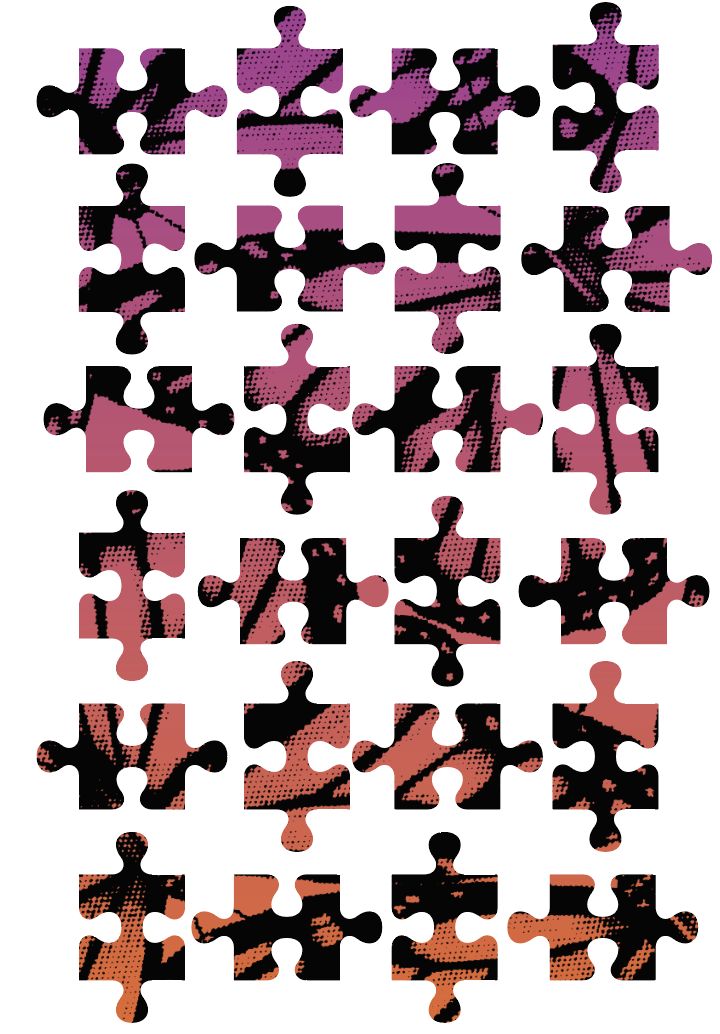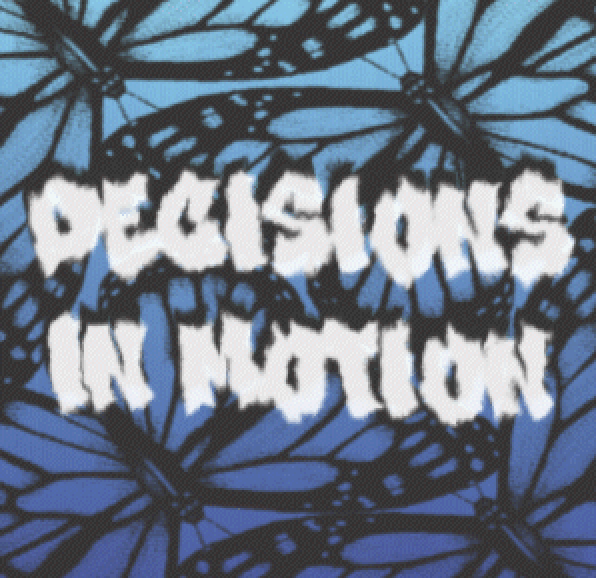This project explores how small, seemingly insignificant actions or choices can lead to significant, unpredictable consequences over time. This idea is rooted in chaos theory, particularly the "butterfly effect," where metaphorically flapping a butterfly's wings in one part of the world might set off a chain of events leading to outcomes. Ultimately, I am examining why a person makes a certain decision and how their choices affect the environment around them, possibly leading to higher consequences.
Drawing from my personal archives and research, this project further investigates how each person goes through their own experiences when it comes to decision-making. The use of physical puzzle-piece artifacts will showcase these decisions and how each decision influences how the outcomes will react to the surrounding environment. By examining how these objects are manipulated, reinterpreted, and perceived into our daily lives, design becomes more than just a tool for communication. It becomes a way to represent both individual and shared perspectives of their decisions within artistic contexts.
I chose to focus on the exploration of the decision-making process, creating my own “test” that focuses on an individual's understanding of the moral implications of how small actions can lead to significant outcomes. These outcomes are ultimately controllable, or if chaos reigns supreme, even in seemingly predictable systems. Through creating these dilemmas, I was able to explore how it draws people in, how they go through a decision process, and whether or not people understand how the results are significant in shaping the future. I chose to use puzzle pieces as my central idea because they serve as a powerful metaphor in connection with the chaos theory. The variety of outcomes ultimately reflects the uniqueness of individual decisions, and this project is an engaging and powerful way to explore and represent the perspectives of decisions.




















